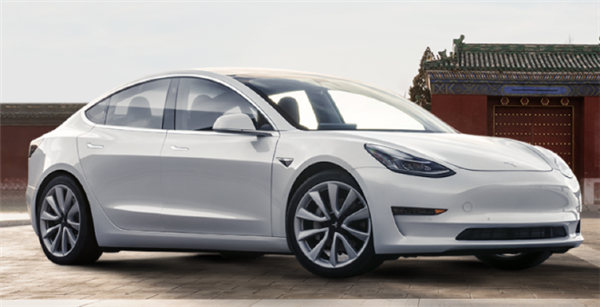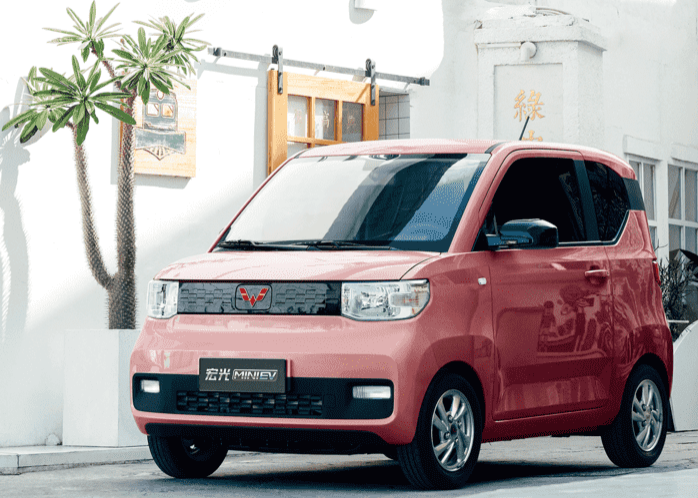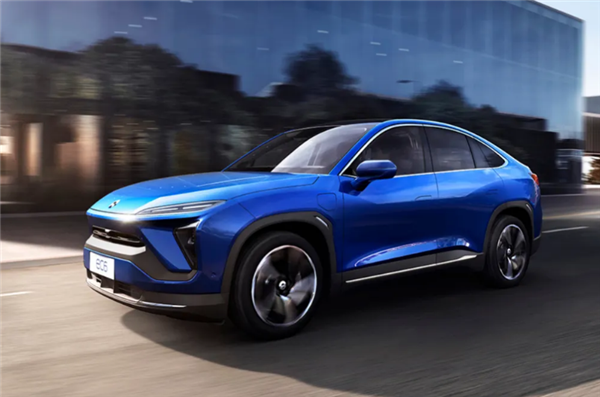NEV sales in China post sound growth partly thanks to roll-out of stimulus policies
Shanghai (ZXZC)- A yearlong downturn of China's new energy vehicle (NEV) sales terminated with its monthly sales starting grow in July 2020 and the volume has sustained year-on-year rise for five straight months as of November, according to the China Association of Automobile Manufacturers (CAAM).
The flourishing NEV sales performance partly stemmed from automakers' greater efforts in rolling out new NEV products, while governmental supportive policies also play an important role in the sales increase.
To revive the auto sales badly bruised by the coronavirus pandemic, both central and local governments of China have launched a slew of incentives for NEVs.

Model 3' photo credit: Tesla
China determined to extend the validity period of the subsidies for buying new vehicles and NEV purchase tax exemption for two years, state media reported on March 31, quoting an executive meeting of the State Council chaired by Chinese Premier Li Keqiang.
The two-year extension of NEV subsidies, which were due to be ended this year, was formally launched in a notice issued in April by four governmental departments including the MIIT and the Ministry of Finance (MOF). Subsidies will be cut from the previous year by 10% in 2020, 20% next year and 30% in 2022, quite a big slowdown compared to the phase-out pace formerly required.
Buoyed by the guiding spirit of the central government, local authorities rolled out a number of incentives to spur NEV demand and consumption. For instance, cities like Shanghai, Tianjin and Guangzhou all granted substantial cash handouts, while Beijing increased annual NEV license plate quota by 20,000 for car-free families.
The project of “bringing automobiles to the countryside” remarkably aided NEV sales growth as well. Aiming to expand the NEV presence in China's rural regions, promotional campaign was launched successively in Qingdao, Nanjing, Haikou, Chengdu and Kunming between July and December, with24 automakers offer varying discounts for a total of 61 NEV models.
It is roughly estimated that the project contributed to over 180,000 units of NEV sales within four months from its very first initiation, said Luo Junjie, an official from the MIIT.

Hongguang MINI EV; photo credit: SAIC-GM-Wuling
Models recommended by the “go-to-countryside” campaign are mainly the entry-level mini-sized and small vehicles. In the mini-sized segment, SAIC-GM-Wuling (SGMW)'s Hongguang MINI EV has taken the crown of the best-selling homegrown new energy PV (NEPV) model in China for three consecutive months as of November. Another typical model, the ORA R1 (currently named “ORA Black Cat) was also ranked pretty high on the NEPV list.
Some mid-/high-end model held remarkable sales performance as well. As for the market of upscale NEV models priced around 300,000 yuan ($45,830), the sales of the Tesla Model 3 and the BYD Han were comparatively impressive. Retailing 113,655 units, the made-in-Shanghai Model 3 was honored the hottest-selling NEPV model in China for the first eleven months, according to the CPCA, and in all likelihood will retain the sales crown for the whole year of 2020.
The CPCA data show that the monthly retail sales of the BYD Han exceeded 5,000 units in both October and November, closely following the Hongguang MINI EV, the Model 3 and the ORA R1.

NIO EC6; photo credit: NIO
Some startups eyeing upmarket unit also scored blooming sales volumes. NIO delivered 7,007 vehicles in December 2020, a new monthly record representing a solid 121% year-over-year growth. During the same period, 6,126 consumers took delivery of Li Auto's REEVs, a 529.6% hike over a year ago.
China NEV sales for the next year is expected to continue growth as the central government granted a total of 37.585 billion yuan (about $5.742 billion) of subsidies for energy-saving and emission reduction projects for the year of 2021.
The one-year subsidy program announced by the MOF in late Nov. will cover 15.689 billion yuan ($2.397 billion) worth of governmental grant for the operation of energy-saving and new energy buses in 2019, and 1.162 billion yuan ($177.527 million), 6.363 billion yuan ($972.118 million) and 14.372 billion yuan ($2.196 billion) of subsidies for the promotion of NEVs in 2016, 2017 and 2018 respectively.
Some industry insiders believe that those subsidies will play a significant role in the pursuit of a stable domestic economy and the efforts to push China's NEV development to a new stage.
It is worth mentioning that a substantial portion of subsidies will be used to promote NEVs in public service areas. Those efforts will make NEVs more acceptable to the general public, so as to drive private car consumption.
From 2021 onwards, NEVs should be account for not less than 80% of the volume of the new or updated buses, rental, logistics and distribution vehicles in the public sectors of the national ecological civilization pilot zone and air pollution prevention key areas, according to the planning for next 15 years' development of NEV industry issued by the State Council on Nov. 2.
It is an irresistible trend that NEVs will further penetrate the overall auto market thanks to the battery price cut, better vehicle performances, longer range, popularization of battery swapping model, greater charging facilities and the solid policy supports.

